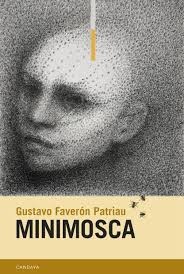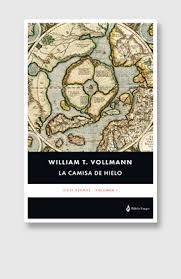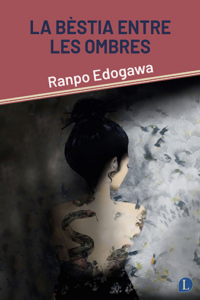
Original Language: Español
Year of publication: 2024
Valoración: Essential
How to speak, in just half a dozen paragraphs, of what a text as Minimosca? What to say, that it has not already been said, about one of the novels of the year 2024? Questions that arise in front of the page (rather Word sheet) blank, doubts that torment this poor reviewer in the face of such a vast, so complex, so demanding work, so whoreobramaestra, so 2666 of this second quarter of the 21st century.
Wow, Bolaño has come out. It was inevitable because the kinship is undeniable. Borges must also be cited, to Cartararescu, to Sabato, Faulkner (Why not?), To Lautreaumont (for this and for the other), to Macedonio Fernández (I believe that Faverón and Macedonian come from the same planet) … although with a humor point that separates it slightly from the previous ones. The list could be eternal, like the museum of the (above) novel, but already stop.
And is that in Minimosca There are cracks, ghosts, fissures, temporary paradoxes, trails that bifurcan, siren songs, temporary paradoxes, unfolding and sotneimalbodsed, masks, metempsosis, coincidences, winks to historical reality, almost dirty realism, magical realism, winks to science fiction, psycho novel (i) logical, explorations on pain and violence … Follow, but I stop.
I can make a concentration camp where only a prisoner and the prisoner is the guard (p. 309)
There are people born twice and are the same and there are people born once but there are two (p.523)
Depending on the moment I remember, three images come to mind:
- That of the matrioshkas, for their stories within the story within history within history and so on to infinity (and beyond, that it would say)
- That of a cubist painting, for its fragmentation of lines and surfaces to represent all of life in a single plane.
- That of a Baroque altar, recharged with figures, but with Arturo Valladares and Mónica Buchenwald occupying the central place.
Each of them is incomplete separately (the first because it does not reflect the interconnection of all the stories, the second because it avoids the detail that we do in the novel and the third because sometimes I am not sure who is in the center of the heart), but if we take a bit of here and a little of there, we can get a good idea.
As you can imagine, Minimosca It is an extremely ambitious novel in the head (from philosophical disquisitions on art and literature to sadistic of the most varied fur, from “Guest Starrings” such as Stephen King or Duchamp to Allen Gisnberg) and in which the reader runs the risk of getting lost with so much circular reference. But if we get carried away by the rhythm that Faverón prints to the stories and immerse ourselves in the beauty of the metaphors that adorn the text – They formed as an autobiography in shatter, made of broken images, such as the biographies of the people who at one time break and their parts fall into a different hole -, we will find a novel that will have to be part, yes or yes, of the literary fee of the 21st century. Harold Bloom says or not!
Source: https://unlibroaldia.blogspot.com/2025/03/gustavo-faveron-patriau-minimosca.html


